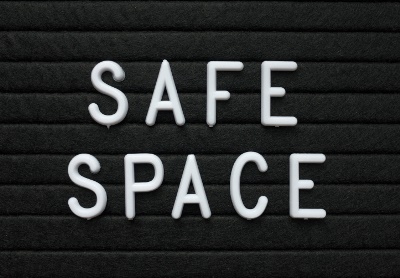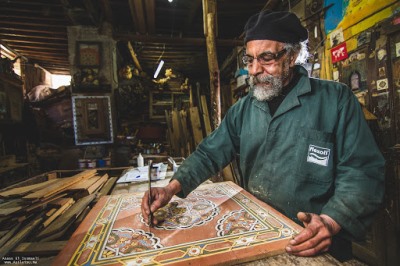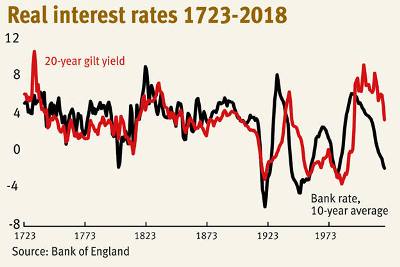In the post ‘The Heartbreaking Effects of Being Only Partly Committed to Most Things‘, Leo Babauta exposes all the negative aspects of incomplete commitment. Partial commitment is however much more common than full commitment (remember gyms make a lot of money from people taking memberships and never showing up!).

It is true that partial commitment leads to losing mental effort and investment. And it has negative consequences, including “[losing] trust in ourselves, beat ourselves up for failing again, create a negative self-image, which affects everything“, and possibly creating a negative spiral of non-achievement.
At the same time we can’t commit fully to everything, and in the portfolio of our many commitments, some will take the back seat and will have to be postponed. At any time, we anyway have only a certain limited amount of discipline and will.
I am not thus as negative as Leo Babauta on the issues of partial commitment. There are many more things we’d like to do than we can, and we also need to investigate new things. We can only be fully committed at any one time on a very limited number of projects. But it is true that we have to be fully committed to some. The issue is thus not to be partially committed to some projects, but rather if we are not fully committed to some of those.
What are the projects and intents you are fully committed to?











